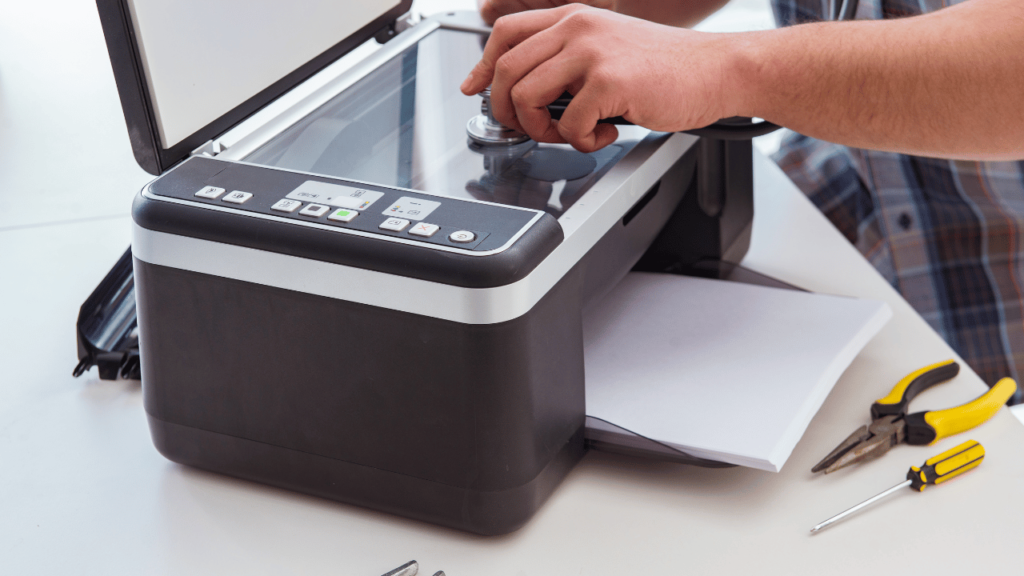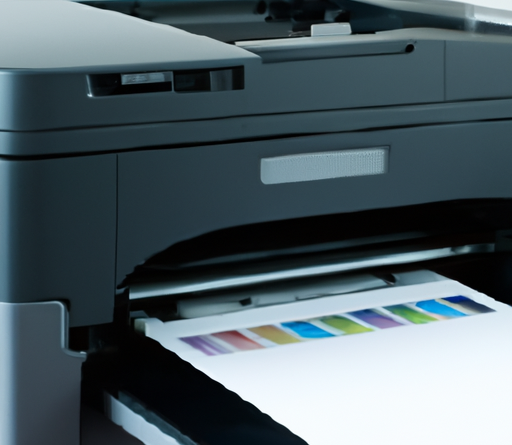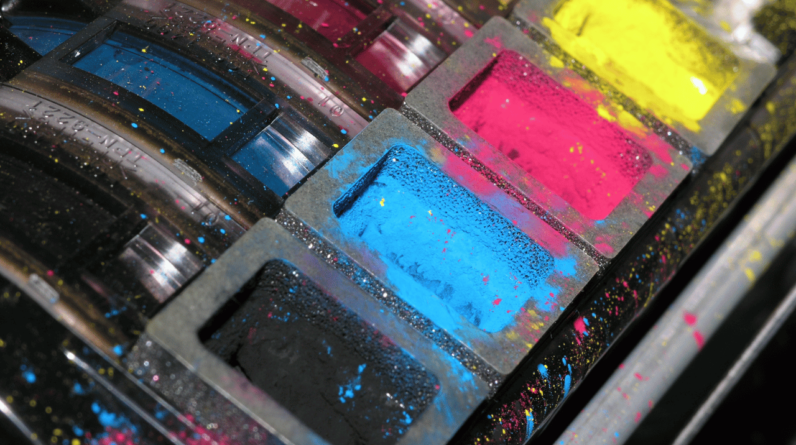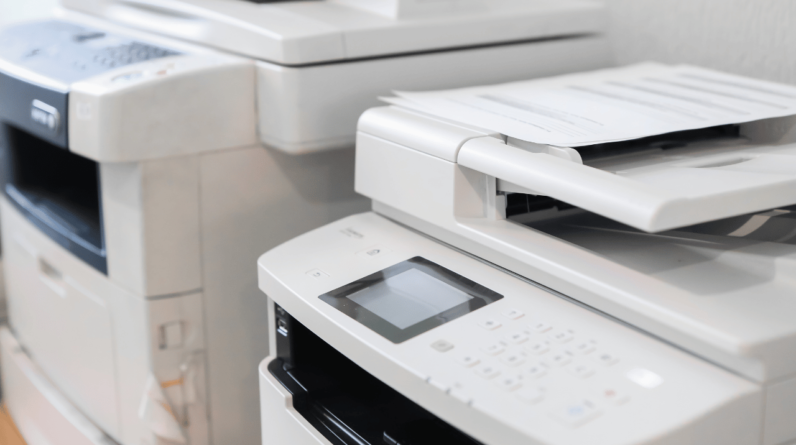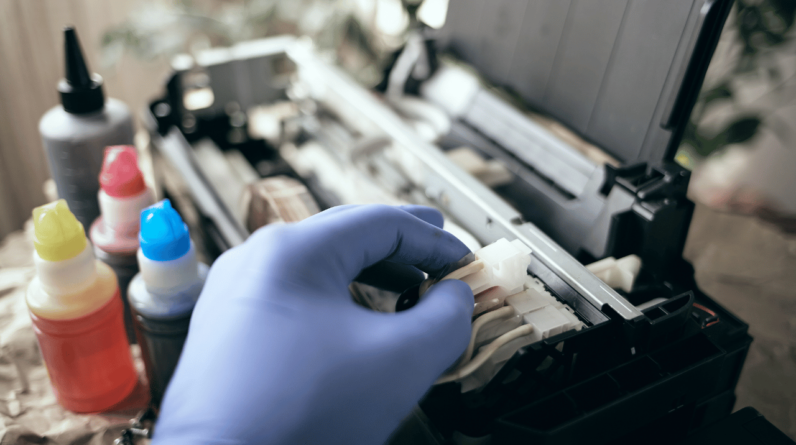
Disclaimer: This post may contain affiliate links. As an Amazon Associate, we earn from qualifying purchases.
If you’ve ever wondered what a printer maintenance kit is and how it can benefit you, then look no further. This article will guide you through the ins and outs of understanding printer maintenance kits. Whether you’re a business owner or a casual user, maintaining your printer is essential for its longevity and performance. Discover the key components of these kits and why they are crucial in keeping your printer up and running smoothly.
Understanding Printer Maintenance Kits
What is a Maintenance Kit for a Printer?
A maintenance kit for a printer is a collection of components and supplies that are used to maintain and optimize the performance of the printer. It typically includes items such as rollers, fuser assembly, transfer belt, and sometimes additional parts like pickup rollers and separation pads. Printer maintenance kits are designed to address common areas of wear and tear on the printer, ensuring that it continues to function at its best.
Why are Maintenance Kits Important?
Maintenance kits are important for several reasons. Firstly, they help to extend the lifespan of your printer by replacing worn-out parts and addressing potential issues before they become major problems. By regularly using maintenance kits, you can avoid costly repairs and downtime caused by unexpected breakdowns. Secondly, maintenance kits help to maintain the print quality and reliability of your printer. Over time, parts such as rollers and fuser assemblies can accumulate debris and wear down, leading to paper jams, smudged prints, and other print quality issues. By replacing these components with a maintenance kit, you can ensure consistent and high-quality prints. Lastly, using maintenance kits can help to improve the overall efficiency and productivity of your printer. When all the components are in good condition, the printer can operate smoothly and with minimal interruptions, allowing you to focus on your work rather than troubleshooting printer issues.
Common Components of a Maintenance Kit
Maintenance kits can vary depending on the printer model and manufacturer, but there are some common components that you can typically find in a maintenance kit. These may include:
- Rollers: Rollers are responsible for feeding paper through the printer. Over time, they can become worn-out or covered in debris, leading to paper jams or misfeeds. Including replacement rollers in a maintenance kit helps to ensure smooth and reliable paper feeding.
- Fuser Assembly: The fuser assembly is responsible for applying heat and pressure to bond the toner onto the paper. It consists of a heated roller and a pressure roller. The fuser assembly can wear down over time, resulting in print quality issues such as smudging or incomplete toner bonding. Including a replacement fuser assembly in a maintenance kit helps to maintain optimal print quality.
- Transfer Belt: The transfer belt is a crucial component in color printers as it transfers the toner from the imaging drum onto the paper. Over time, it can become dirty or damaged, leading to poor color registration and print quality. Including a replacement transfer belt in a maintenance kit helps to ensure accurate and vibrant color prints.
- Pickup Rollers and Separation Pads: These components help to pick up paper from the input tray and separate individual sheets during the printing process. Just like the other rollers, they can wear down or accumulate debris over time, leading to paper feeding issues. Including replacement pickup rollers and separation pads in a maintenance kit helps to maintain consistent paper feeding.
Types of Printer Maintenance Kits
There are different types of printer maintenance kits available in the market, catering to various printer models and manufacturers. Some printer maintenance kits are specific to a particular printer model, while others are more universal and can be used with multiple models. It’s important to choose a maintenance kit that is compatible with your printer model to ensure proper fit and functionality. Additionally, maintenance kits can be differentiated based on the level of maintenance required. Some kits are basic and include only a few essential components, while others are comprehensive and include a wide range of parts. The type of kit you choose will depend on factors such as your printer usage, print volume, and the manufacturer’s recommendations.
Choosing the Right Maintenance Kit
When selecting a maintenance kit for your printer, there are a few factors to consider. Firstly, you should ensure that the kit is compatible with your specific printer model. Check the manufacturer’s website or consult the printer’s manual to find the recommended maintenance kit for your printer. Secondly, consider the level of maintenance required based on your printer usage. If you have a high-volume printer or use it for critical printing tasks, a comprehensive maintenance kit may be a better choice. Lastly, consider the reputation and reliability of the manufacturer. Look for reputable brands that are known for producing high-quality printer parts and supplies. Reading customer reviews can also provide insights into the performance and durability of the maintenance kit.
Symptoms that Indicate the Need for a Maintenance Kit
Your printer may exhibit certain symptoms that indicate the need for a maintenance kit. Some common signs include:
- Paper Jams: If you frequently experience paper jams, especially in the same area of the printer, it could be a sign that the rollers or other paper handling components need replacement.
- Smudged Prints: If your prints have smudges or streaks, it may indicate that the fuser assembly is worn-out or dirty and needs replacement.
- Poor Print Quality: If your prints are coming out faded, streaky, or with uneven color distribution, it could be a sign that the transfer belt or other imaging components are worn-out or dirty.
- Noisy Operation: Unusual noises such as grinding, squeaking, or clicking sounds during printing can indicate a problem with the rollers or other mechanical components that need attention.
If you notice any of these symptoms, it’s advisable to check the manufacturer’s recommendations and consider purchasing a maintenance kit for your printer.

Installing a Printer Maintenance Kit
Installing a printer maintenance kit may vary depending on the printer model and manufacturer, so it’s essential to follow the instructions provided with the kit. However, here are some general steps that can guide you through the installation process:
- Turn off the printer and unplug it from the power source. Allow the printer to cool down before proceeding.
- Open the printer’s access panel or toner cartridge door, as specified in the manufacturer’s instructions.
- Remove the old components that are included in the maintenance kit. This may involve releasing latches, screws, or levers. Be cautious and refer to the manual to avoid any damage.
- Install the new components from the maintenance kit, ensuring proper alignment and secure attachment. Follow the provided instructions for each specific component.
- Once all the components are installed, close the access panel or toner cartridge door.
- Plug in the printer and turn it on. Run a test print to ensure that the installation was successful and that the printer is functioning properly.
Remember, if you are unsure about the installation process or have any concerns, it’s always recommended to consult the printer’s manual or seek professional assistance.
Maintenance Tips to Extend the Life of Your Printer
In addition to using maintenance kits, there are some general maintenance tips that can help extend the life of your printer:
- Keep the printer clean: Regularly clean the exterior and interior of the printer, including the paper trays, rollers, and other accessible components. Use a soft, lint-free cloth and mild cleaning solution recommended by the manufacturer.
- Use high-quality paper: Low-quality or incompatible paper can cause paper jams and other printing issues. Invest in good-quality paper that is suitable for your printer.
- Avoid overworking the printer: If you have a high-volume printer, give it regular breaks to prevent overheating and excessive wear on the components.
- Update printer firmware: Check for firmware updates from the manufacturer and install them when available. Firmware updates often include bug fixes and performance enhancements.
- Use genuine printer supplies: While it can be tempting to use generic or third-party consumables, using genuine supplies recommended by the printer manufacturer will ensure optimal performance and print quality.
By following these maintenance tips, you can help keep your printer in good condition and avoid unnecessary repairs.
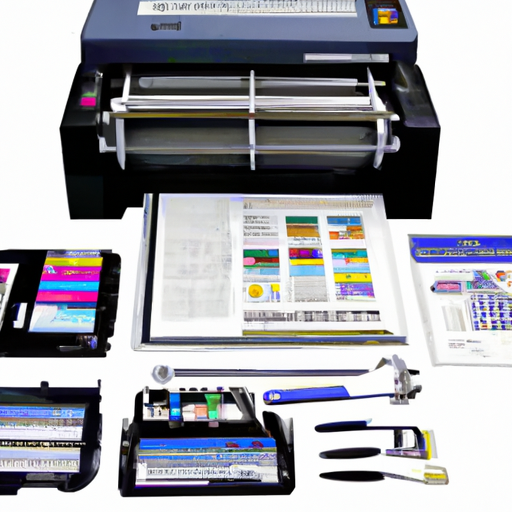
Frequently Asked Questions (FAQs) about Printer Maintenance Kits
Q: How often should I use a maintenance kit for my printer?
A: The frequency of using a maintenance kit can vary depending on factors such as your printer model, usage, and manufacturer’s recommendations. As a general guideline, it’s recommended to use a maintenance kit every 100,000 to 200,000 prints or as indicated by the printer’s maintenance schedule.
Q: Can I use a maintenance kit on any printer?
A: No, maintenance kits are designed for specific printer models or ranges specified by the manufacturer. To ensure compatibility and proper fit, it’s important to choose a maintenance kit that is recommended for your particular printer model.
Q: Are maintenance kits expensive?
A: The cost of maintenance kits can vary depending on the printer model and the components included. However, compared to the cost of repairs or downtime caused by printer issues, maintenance kits are generally considered a cost-effective investment in the long run.
Q: Can I install a maintenance kit myself, or do I need professional help?
A: The installation process for a maintenance kit can vary depending on the printer model and manufacturer. While some users may feel comfortable installing the kit themselves by following the provided instructions, others may prefer seeking professional assistance to ensure proper installation and avoid any potential damage to the printer.
Conclusion
Printer maintenance kits are essential tools for keeping your printer in top condition. By regularly using maintenance kits, you can extend the lifespan of your printer, maintain print quality, and improve overall efficiency. It’s important to choose the right maintenance kit that is compatible with your printer model and consider the level of maintenance required based on your printer usage. Additionally, following general maintenance tips and addressing any printer issues promptly can further prolong the life of your printer. If you notice symptoms indicating the need for a maintenance kit or have any concerns about printer maintenance, consult the manufacturer’s recommendations or seek professional assistance. Taking care of your printer with maintenance kits and regular maintenance will ensure that it continues to serve you well for years to come.

